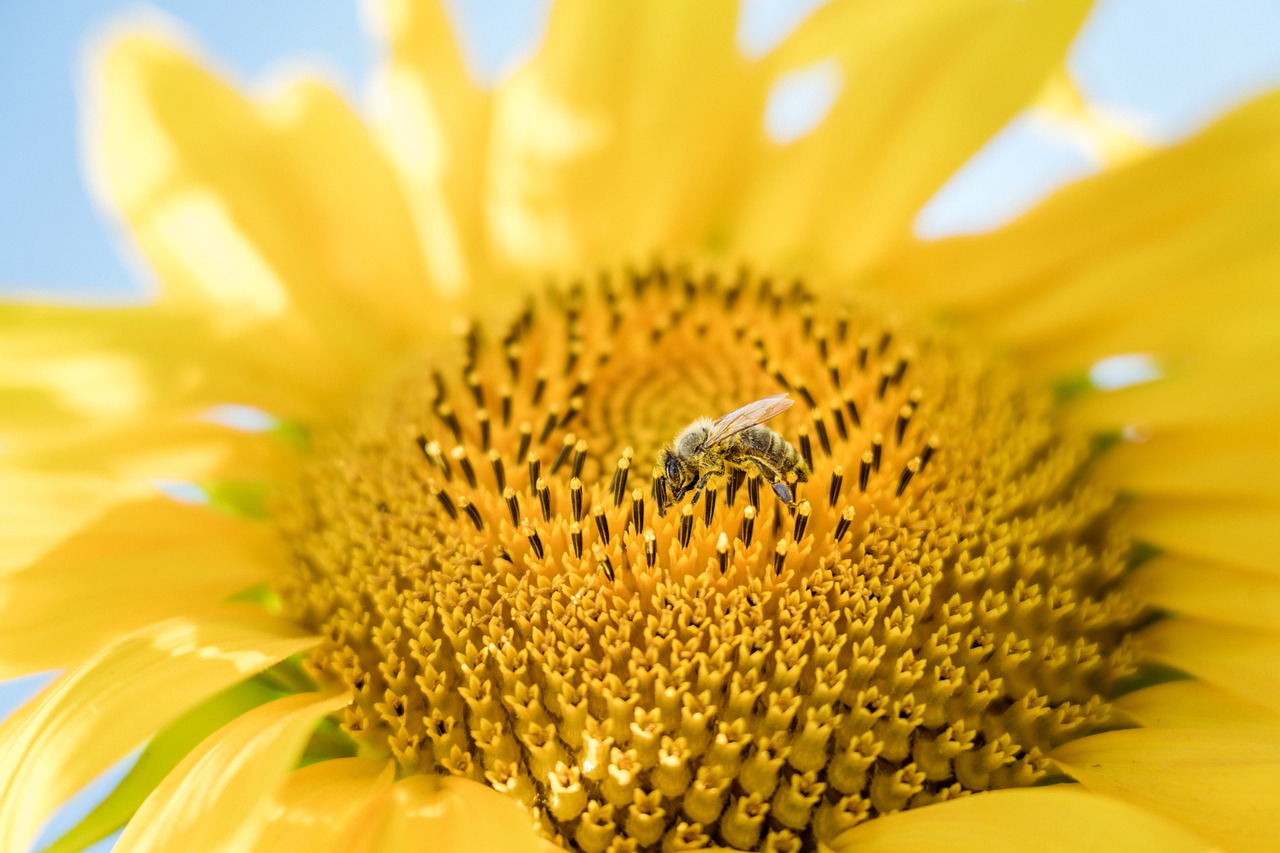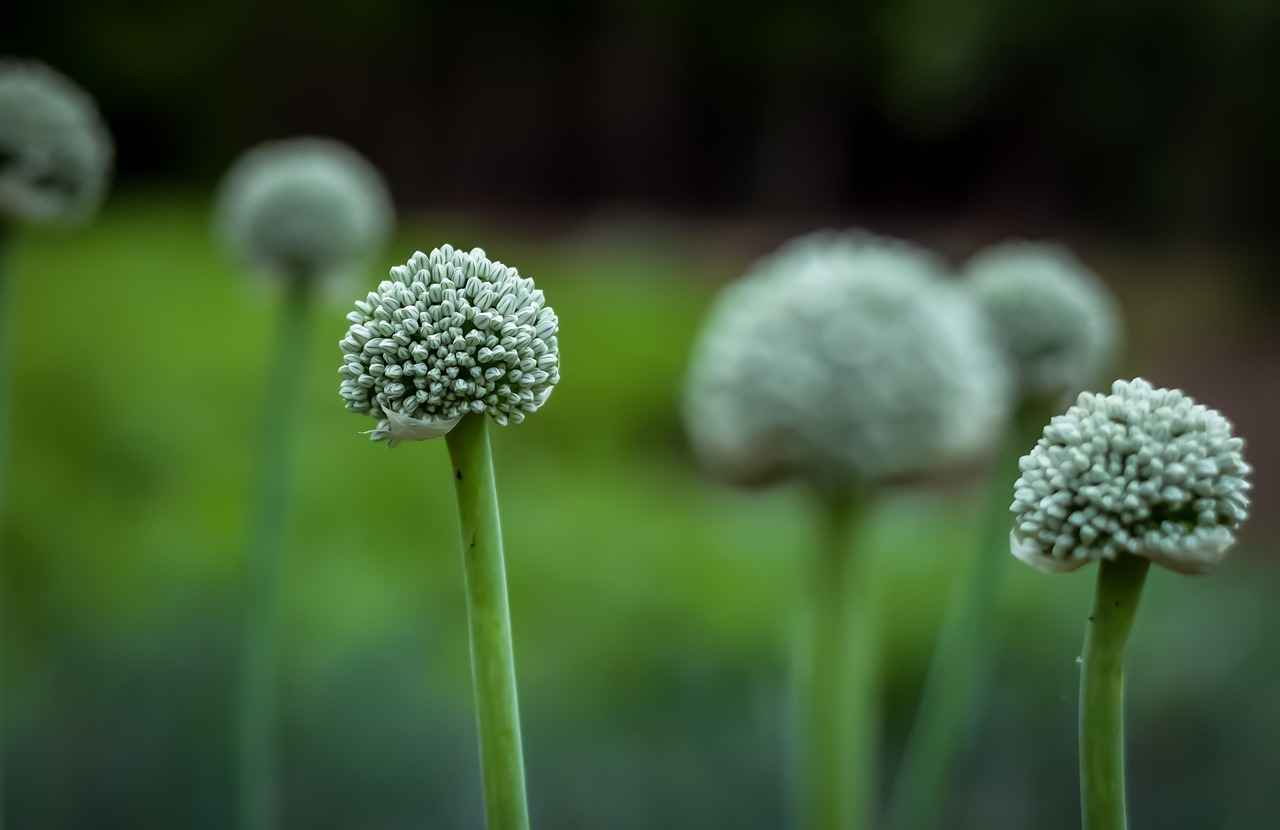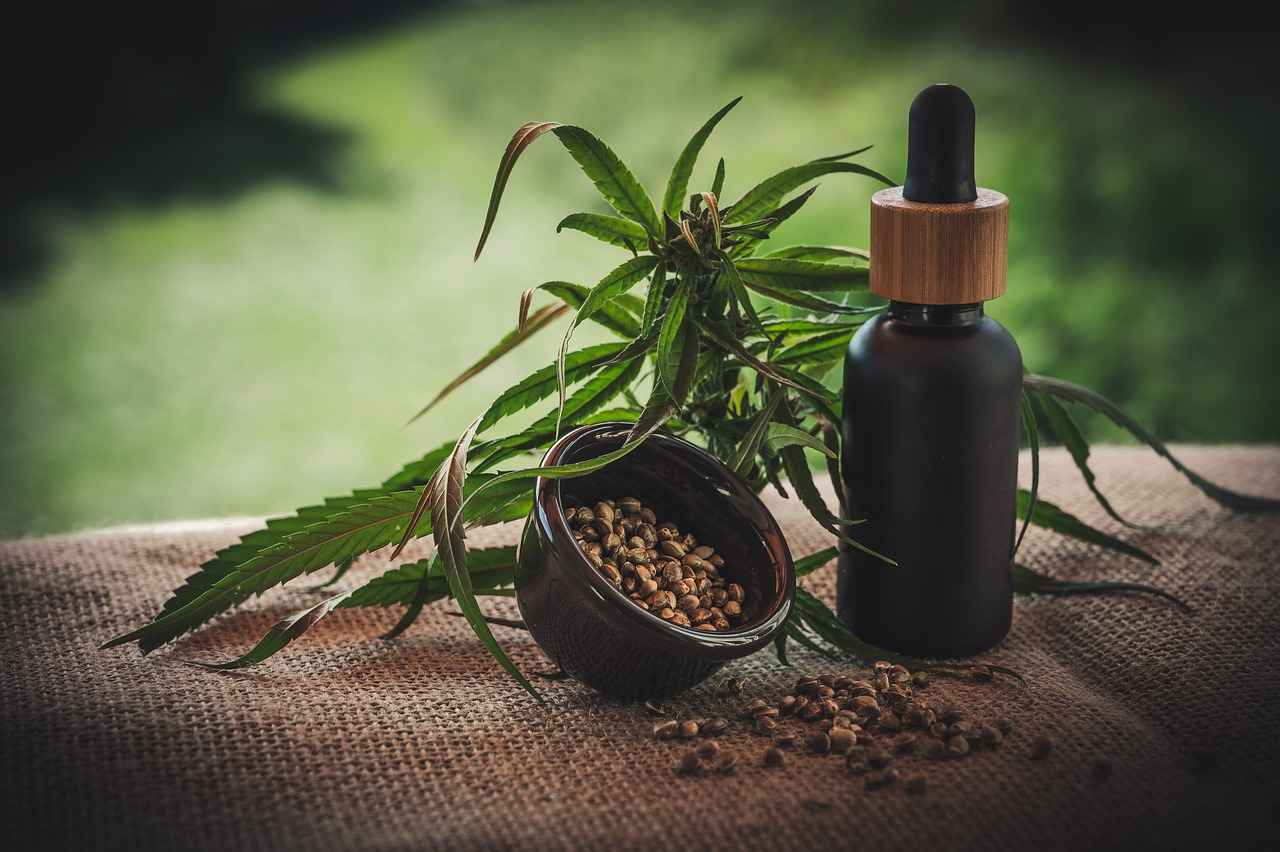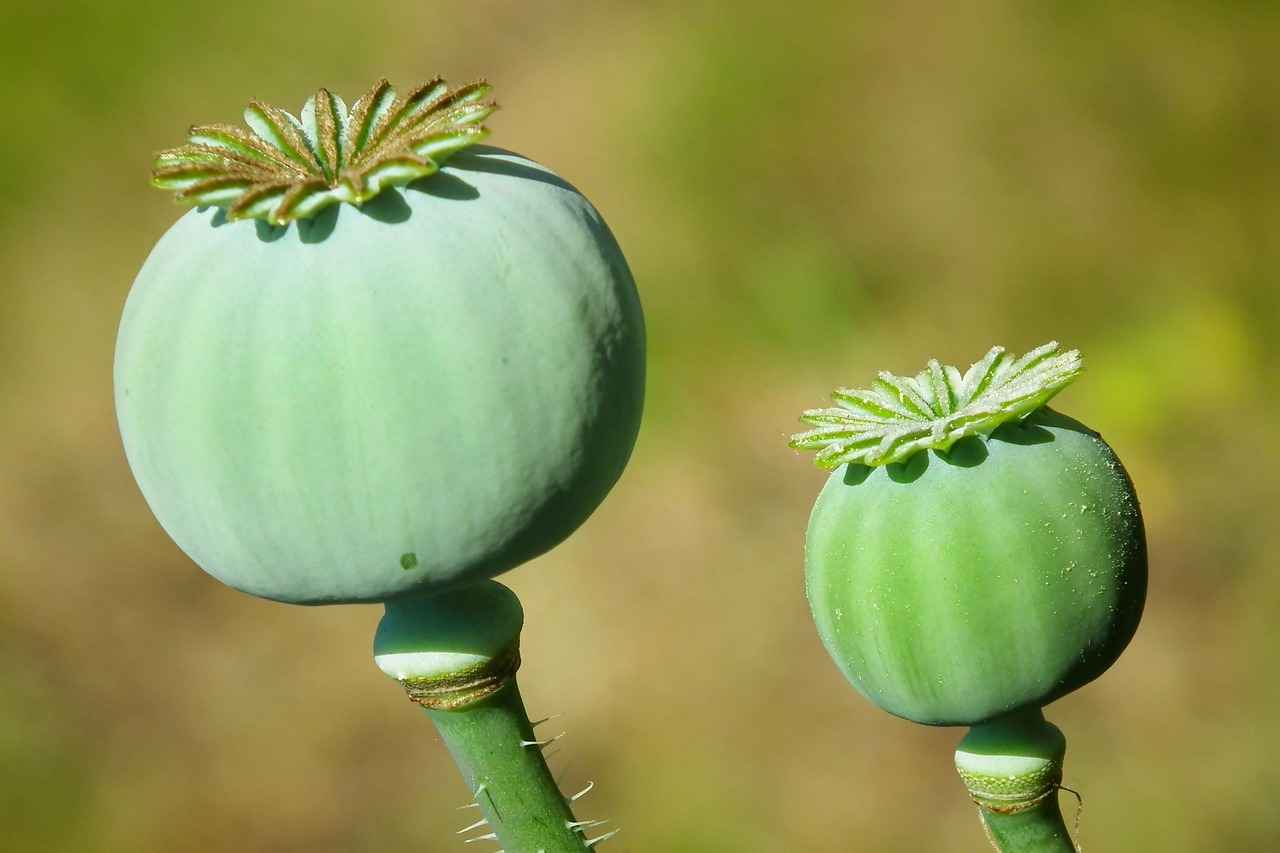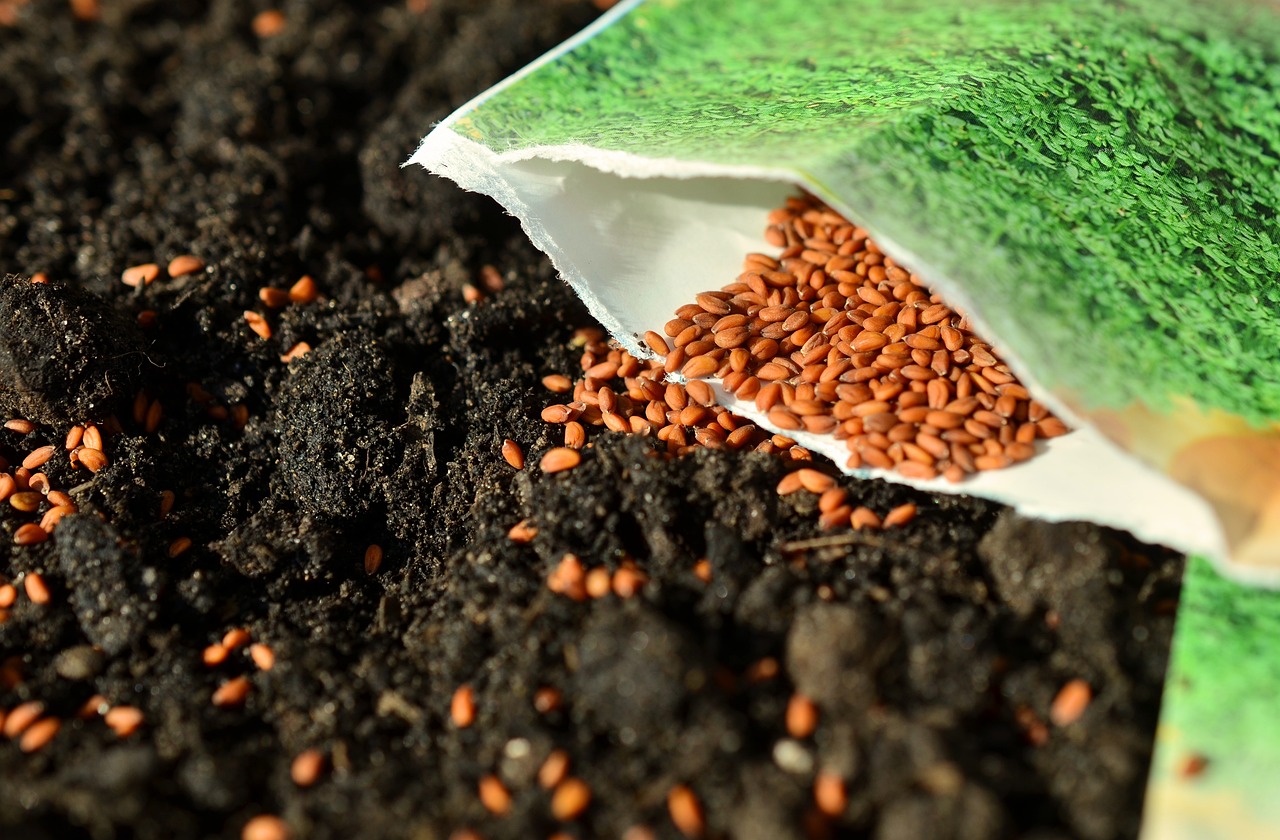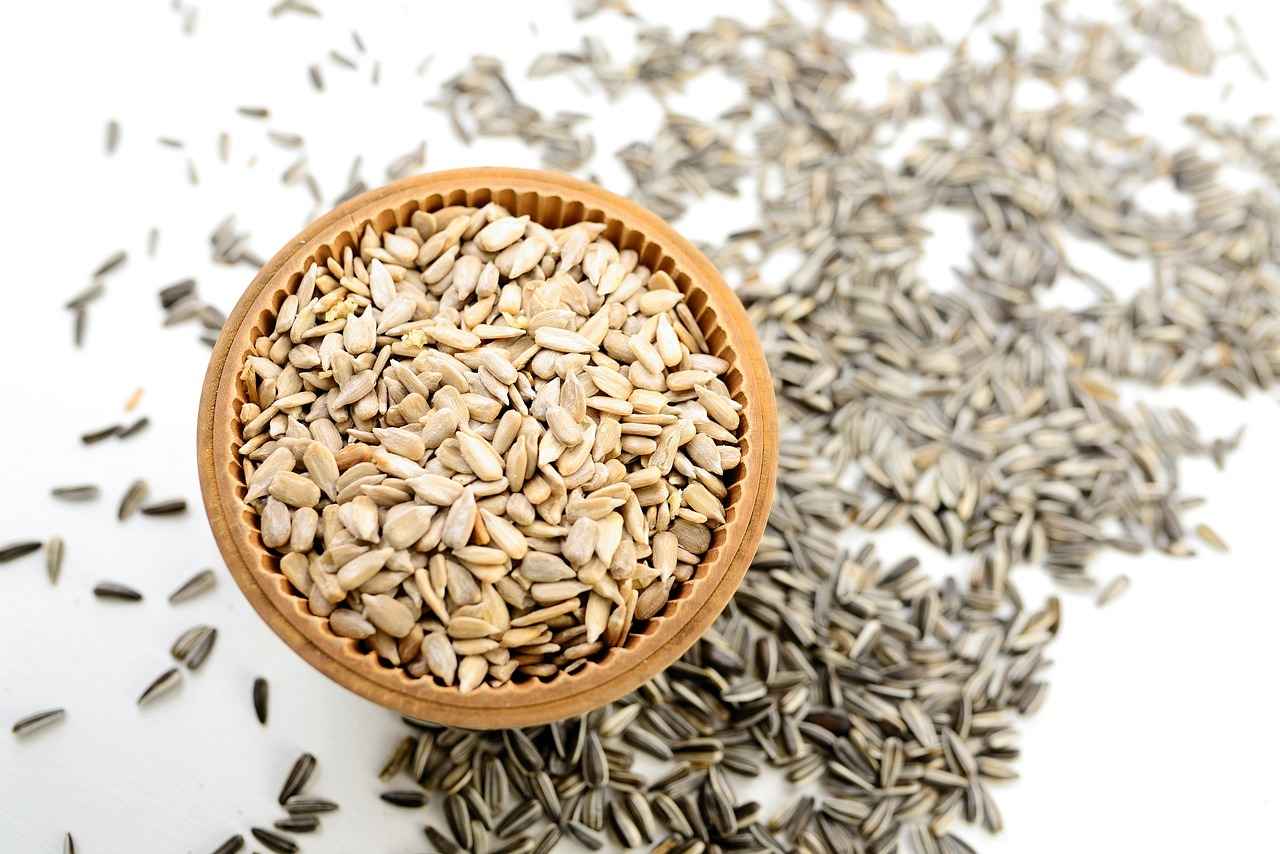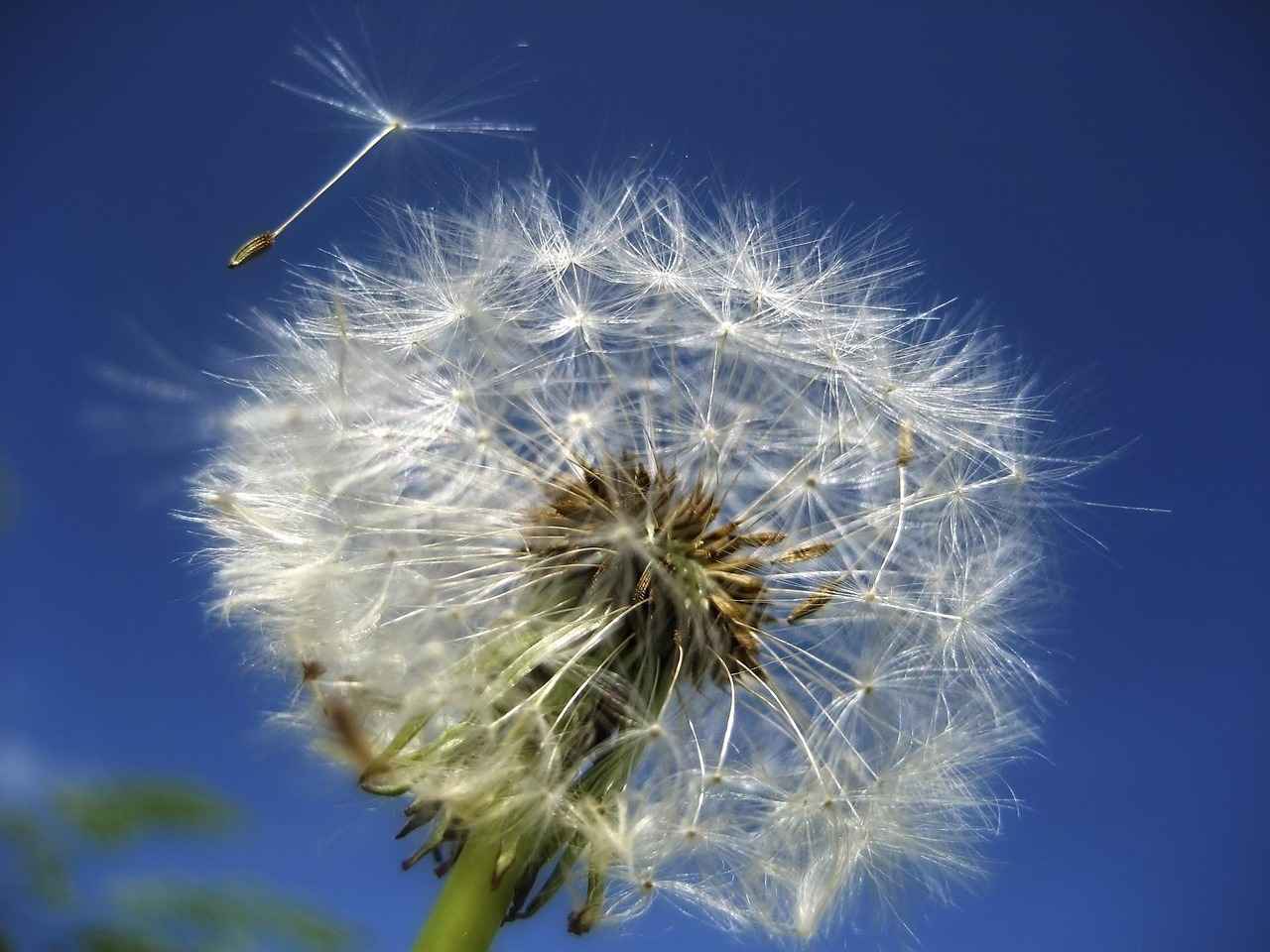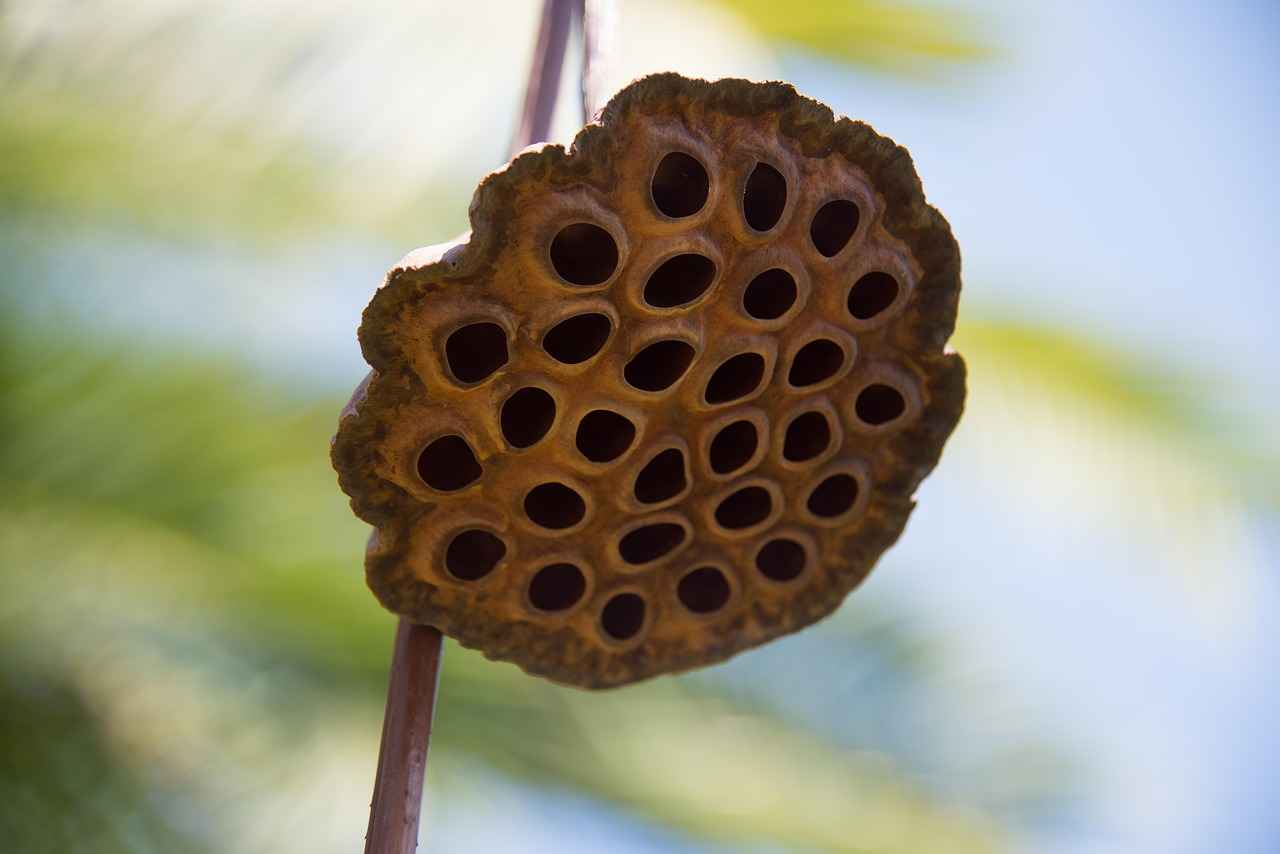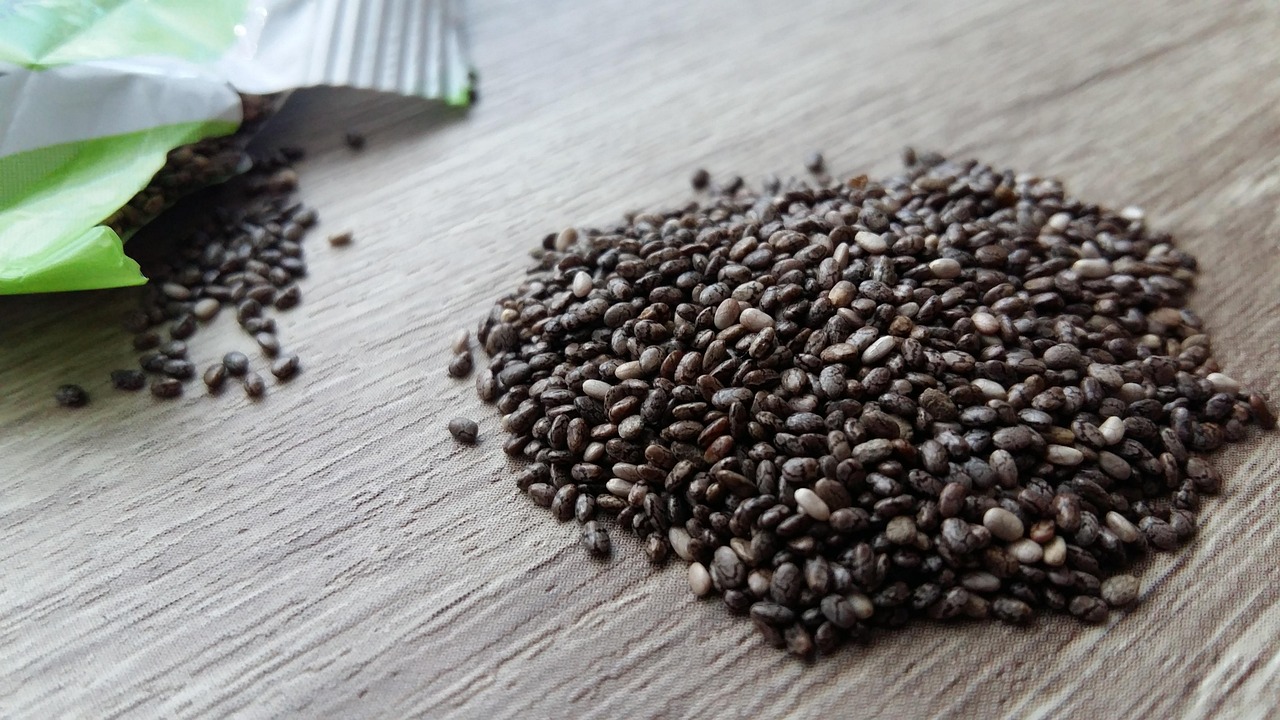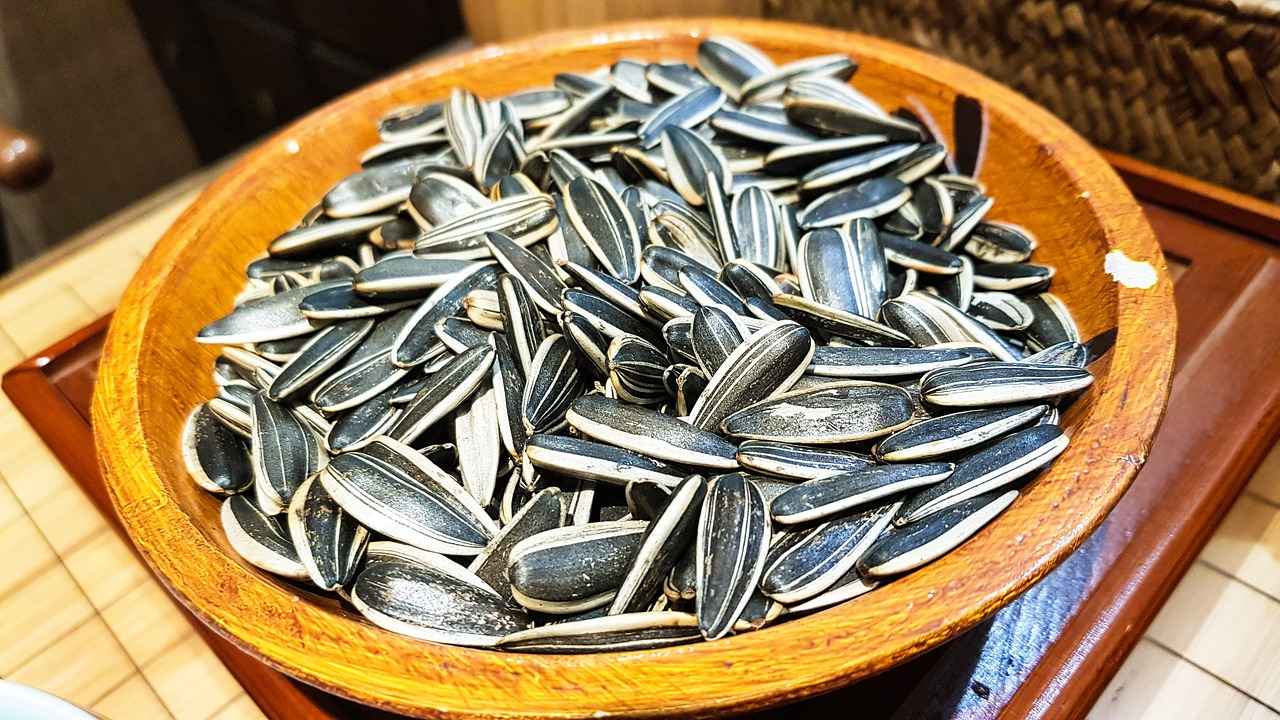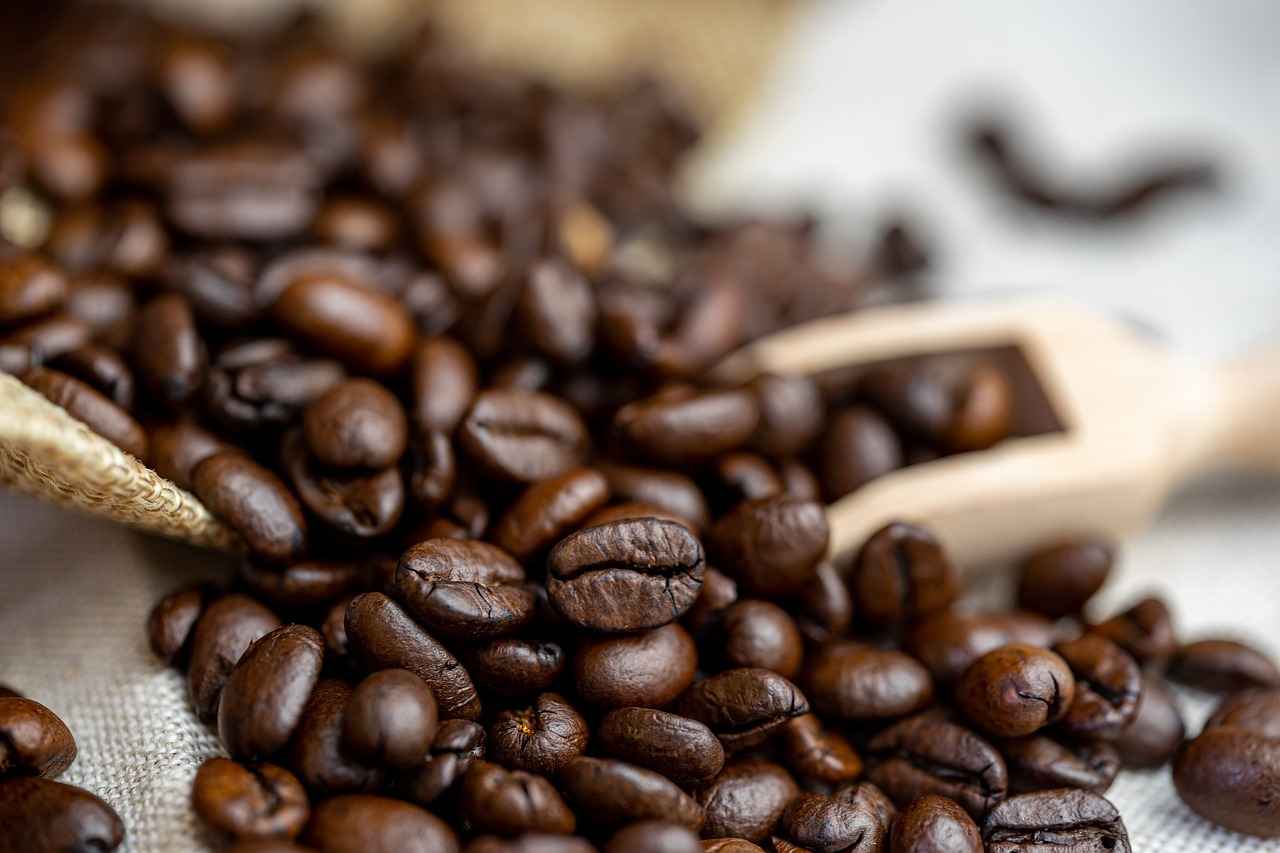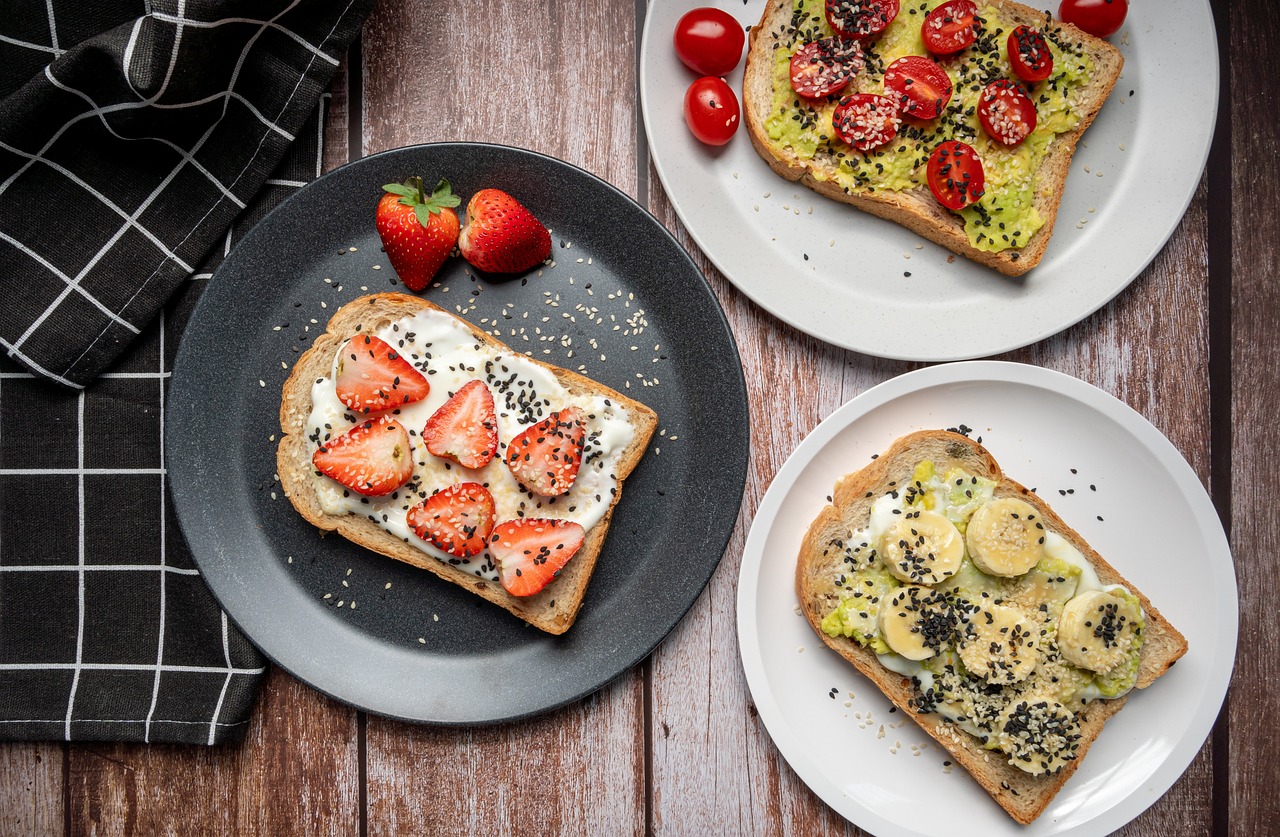This article delves into the origins and historical significance of chia seeds, a widely recognized superfood celebrated for its remarkable nutritional benefits and culinary versatility. We will uncover their fascinating journey from ancient civilizations to their prominent role in modern diets.
What Are Chia Seeds?
Chia seeds are small, oval seeds that come from the Salvia hispanica plant, native to the regions of Mexico and Guatemala. These seeds are typically black or white and are renowned for their rich content of omega-3 fatty acids, dietary fiber, and protein. Their impressive nutritional profile has made them a staple among health enthusiasts and a popular addition to various dishes.
Where Are Chia Seeds Grown?
Primarily, chia seeds are cultivated in Mexico and Guatemala, where the warm climate provides ideal growing conditions. The unique environmental factors of these regions contribute to the seeds’ distinctive flavor and nutritional qualities, making them a cherished crop in these cultures.
Historical Significance of Chia Seeds
Chia seeds have a rich history, having been cultivated for thousands of years. They played a crucial role in the diets of ancient civilizations such as the Aztecs and Mayans. Understanding their historical context reveals why they continue to be a popular food choice today.
Chia Seeds in Ancient Cultures
In Mesoamerican cultures, chia seeds were considered a staple food, valued for their energy-boosting properties. They were often consumed by warriors and were even utilized in religious rituals, underscoring their cultural importance.
Chia as a Currency
Interestingly, chia seeds were once used as a form of currency among the Aztecs, highlighting their value beyond mere nutrition. This unique aspect emphasizes their significance in trade and the economy during that time.
Modern Popularity of Chia Seeds
In recent years, chia seeds have gained immense popularity and are frequently labeled as a superfood. This section explores the factors that have contributed to their rise in contemporary health trends, including their versatility and ease of incorporation into various diets.
Health Benefits of Chia Seeds
Chia seeds are celebrated for numerous health benefits. They are rich in essential nutrients, offering advantages such as improved digestion, enhanced heart health, and increased energy levels. Their high fiber content supports digestive health, while their omega-3 fatty acids contribute to cardiovascular wellness.
Nutritional Profile of Chia Seeds
These tiny seeds are nutrient-dense, containing significant levels of fiber, protein, and antioxidants. A typical serving of chia seeds provides about 11 grams of fiber, 4 grams of protein, and a wealth of vitamins and minerals, making them an excellent addition to a balanced diet.
How to Incorporate Chia Seeds into Your Diet
Integrating chia seeds into your meals is both easy and versatile. Here are some practical tips:
- Add them to smoothies for a nutritional boost.
- Sprinkle them on salads for added texture.
- Incorporate them into baked goods like muffins and bread.
- Use them to make chia pudding by soaking in milk or a dairy alternative.
Are There Any Risks Associated with Chia Seeds?
While chia seeds offer numerous benefits, it is essential to consider potential risks. Some individuals may experience allergic reactions or sensitivities to chia seeds, so understanding these factors is crucial for safe consumption.
Digestive Considerations
Due to their high fiber content, chia seeds can cause digestive issues in some people. It is advisable to start with small amounts and gradually increase intake to avoid discomfort.

What Are Chia Seeds?
Chia seeds, derived from the Salvia hispanica plant, are tiny seeds that come in shades of black and white. These seeds have gained immense popularity in recent years, especially among health enthusiasts and those seeking nutritious dietary options. Their rich nutritional profile makes them a staple in many health-conscious diets around the world.
Chia seeds are not just ordinary seeds; they are packed with essential nutrients that contribute to overall health. They are particularly known for their high content of omega-3 fatty acids, which are crucial for heart health and brain function. In addition to omega-3s, chia seeds are an excellent source of fiber, which aids in digestion, and protein, which is vital for muscle repair and growth.
The term superfood is often used to describe foods that are exceptionally rich in nutrients and beneficial for health. Chia seeds fit this description perfectly. They contain significant amounts of antioxidants, vitamins, and minerals, including calcium, magnesium, and phosphorus. This nutrient density is one reason why many people incorporate chia seeds into their diets.
Incorporating chia seeds into your meals is simple and versatile. Here are some popular ways to enjoy them:
- Chia Pudding: Soak chia seeds in almond milk or coconut milk overnight to create a delicious and nutritious pudding.
- Smoothies: Add a tablespoon of chia seeds to your favorite smoothie for an extra boost of nutrition.
- Salads: Sprinkle chia seeds on salads for added crunch and health benefits.
- Baked Goods: Mix chia seeds into muffins, bread, or energy bars for added texture and nutrition.
Chia seeds offer a variety of health benefits. Their high fiber content promotes digestive health by preventing constipation and maintaining regular bowel movements. Additionally, the omega-3 fatty acids in chia seeds can help reduce inflammation and lower the risk of heart disease. Regular consumption may also aid in weight management, as the fiber content helps you feel fuller for longer.
While chia seeds are generally safe for most people, there are some potential risks to consider. Some individuals may experience allergic reactions to chia seeds, leading to symptoms such as itching or swelling. It’s important to start with a small amount to see how your body reacts.
Due to their high fiber content, chia seeds can cause digestive discomfort in some individuals, particularly if consumed in large quantities without adequate hydration. It is advisable to drink plenty of water when incorporating chia seeds into your diet to help mitigate any potential digestive issues.
In summary, chia seeds are a nutrient-dense superfood with numerous health benefits. Their versatility in culinary applications makes them an easy addition to a variety of meals. However, as with any food, it is essential to consume them mindfully and be aware of any potential sensitivities.
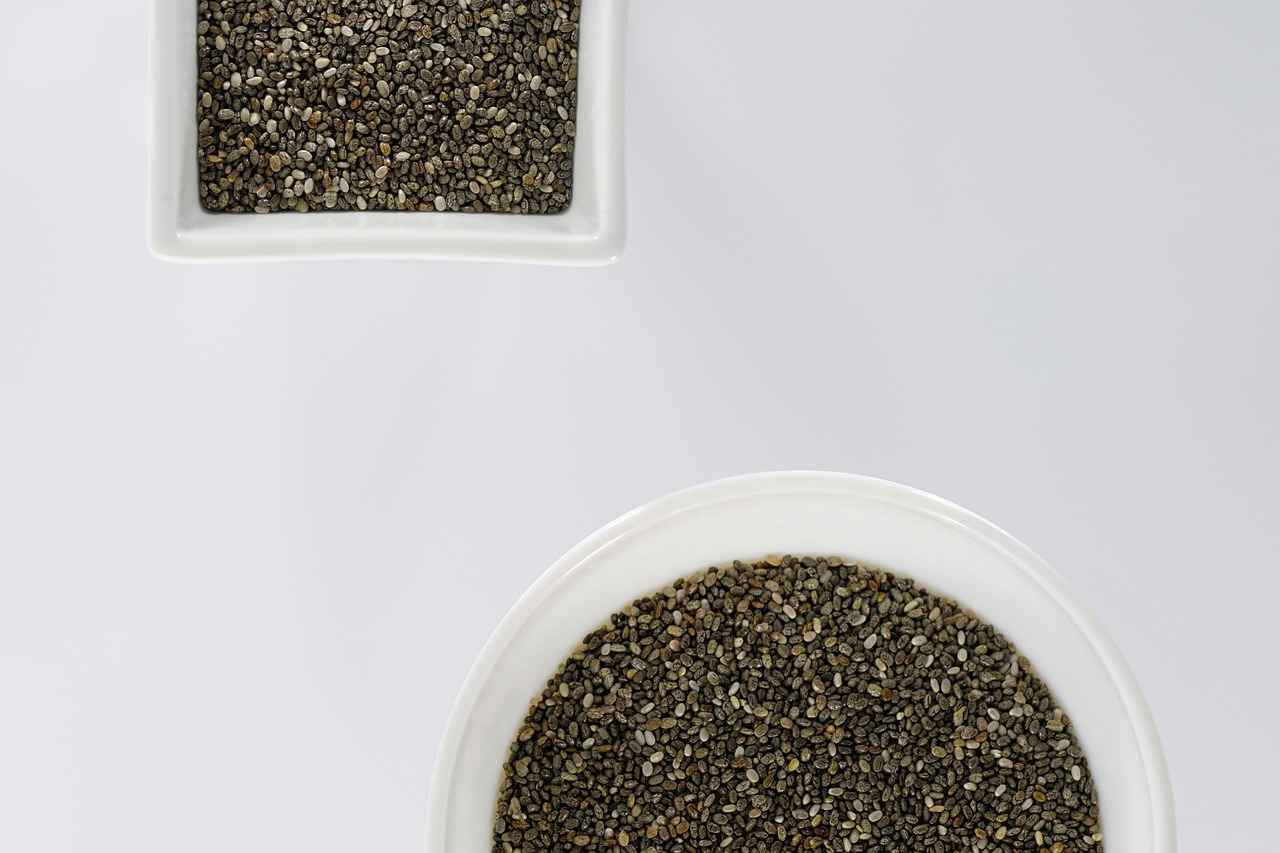
Where Are Chia Seeds Grown?
Chia seeds, often hailed as a superfood, have become a staple in health-conscious diets worldwide. However, their journey begins in specific regions that are crucial to their unique qualities. Understanding where chia seeds are grown not only enhances our appreciation for them but also sheds light on their nutritional profile and flavor.
Primarily, chia seeds originate from Mexico and Guatemala, where the warm climate provides the perfect conditions for their cultivation. These regions are characterized by their rich volcanic soils, which contribute to the growth of the Salvia hispanica plant, the source of chia seeds. The seeds thrive in areas with plenty of sunlight and moderate rainfall, making Central America an ideal habitat.
The cultivation of chia seeds dates back to ancient civilizations, where they were not only a food source but also held significant cultural value. The Aztecs and Mayans revered chia seeds for their energy-boosting properties, often using them in rituals and as offerings. This historical context adds depth to our understanding of their importance beyond mere nutrition.
The unique flavor and texture of chia seeds are a direct result of their growing conditions. The seeds have a mild, nutty taste, which makes them versatile for various culinary uses. When soaked in liquid, chia seeds absorb up to 12 times their weight, forming a gel-like consistency. This property not only enhances their nutritional benefits but also allows for creative culinary applications.
- High Nutritional Value: Chia seeds are packed with essential nutrients, including omega-3 fatty acids, fiber, protein, and antioxidants.
- Versatile Use: They can be added to smoothies, salads, baked goods, and even used as a thickening agent in recipes.
- Health Benefits: Regular consumption of chia seeds can improve digestion, support heart health, and provide sustained energy.
Today, chia seeds are cultivated not only in Mexico and Guatemala but also in other regions with similar climates, including parts of Australia and South America. The rise in popularity of chia seeds has led to increased farming efforts in these areas, with modern agricultural practices ensuring higher yields while maintaining the quality of the seeds.
Farmers are now adopting sustainable farming methods, focusing on organic cultivation to meet the growing demand for health-conscious consumers. This shift towards organic farming not only enhances the nutritional profile of chia seeds but also promotes environmental sustainability.
Understanding the origins of chia seeds enriches our appreciation for this remarkable food. The cultivation regions influence not only their nutritional content but also their flavor and texture. By recognizing the historical and cultural significance of chia seeds, we can better understand their role in our diets today.
In conclusion, chia seeds are more than just a trendy health food; they are a product of rich agricultural traditions rooted in ancient civilizations. Their unique properties, combined with modern cultivation practices, ensure that they remain a valuable addition to our diets, providing numerous health benefits while connecting us to a rich historical legacy.
Historical Significance of Chia Seeds
Chia seeds, known scientifically as Salvia hispanica, have a rich historical significance that dates back thousands of years. These tiny seeds have been an integral part of the diet of ancient civilizations, particularly the Aztecs and Mayans. Understanding their historical context not only highlights their nutritional value but also reveals the cultural importance they held in these societies.
In ancient Mesoamerican cultures, chia seeds were more than just a food source; they were a staple in the diet of the Aztecs and Mayans. These civilizations recognized the seeds for their energy-boosting properties, which made them an essential part of the daily diet for warriors and laborers alike. The term “chia” itself means “strength” in the Mayan language, reflecting their significance in providing sustenance.
Beyond their nutritional benefits, chia seeds were deeply embedded in the cultural practices of these ancient peoples. They were used in religious rituals and ceremonies, symbolizing life and fertility. The seeds were often offered to gods as a form of gratitude and were believed to possess healing properties, further enhancing their value in society.
Interestingly, chia seeds also held economic significance. They were used as a form of currency among the Aztecs, showcasing their value beyond mere nutrition. This aspect underscores the importance of chia seeds in trade, where they facilitated exchanges and contributed to the economy of the time. The ability to use food as currency illustrates the high regard in which chia seeds were held in ancient societies.
Fast forward to today, and chia seeds have made a remarkable comeback as a superfood. Their historical significance has paved the way for their modern popularity, as people are increasingly aware of their health benefits. Rich in omega-3 fatty acids, fiber, and antioxidants, chia seeds are now celebrated for their ability to support overall health and wellness.
The resurgence of chia seeds in contemporary diets can be attributed to several factors. With the rise of health-conscious eating, chia seeds have been embraced for their nutritional profile and versatility in cooking. They can be easily incorporated into smoothies, salads, and baked goods, making them a favorite among health enthusiasts.
The journey of chia seeds from ancient civilizations to modern health trends illustrates their enduring legacy. Their historical significance not only highlights their nutritional value but also emphasizes their cultural importance. As we continue to explore the benefits of these tiny seeds, it is essential to acknowledge their rich past and the role they have played in shaping diets throughout history.
Chia Seeds in Ancient Cultures
Chia seeds, derived from the Salvia hispanica plant, have a rich history that dates back to ancient Mesoamerican cultures. These tiny seeds were not just a food source; they held a significant place in the daily lives and spiritual practices of civilizations such as the Aztecs and Mayans. Understanding the role of chia seeds in these ancient cultures provides valuable insight into their enduring legacy.
In ancient Mesoamerican cultures, chia seeds were considered a staple food, highly regarded for their ability to provide sustained energy. The Aztecs, for instance, consumed chia seeds to fuel their warriors during long journeys and battles. This is largely due to their remarkable nutritional profile, which includes a high concentration of omega-3 fatty acids, protein, and fiber. These nutrients made chia seeds an essential part of their diet, contributing to overall health and vitality.
Moreover, chia seeds were woven into the fabric of religious and cultural rituals. They were often used in offerings to deities, symbolizing life and fertility. The seeds were believed to possess spiritual significance, linking them to the earth and the cycles of nature. This cultural importance is evident in various artifacts and texts from that era, which highlight the reverence held for chia seeds.
Interestingly, chia seeds also served as a form of currency among the Aztecs. Their value extended beyond mere nutrition, as they were traded for goods and services, emphasizing their economic significance. This dual role as both a food source and a medium of exchange underscores the multifaceted importance of chia seeds in ancient society.
Additionally, the cultivation of chia seeds was not limited to just sustenance; it was an integral part of agricultural practices. Farmers would plant chia alongside other crops, benefiting from its resilience and ability to thrive in diverse conditions. This practice not only ensured a reliable food source but also contributed to the sustainability of their agricultural systems.
As we delve deeper into the historical significance of chia seeds, it is essential to recognize their role in promoting health and wellness in ancient times. The Aztecs and Mayans understood the benefits of chia seeds long before modern science validated their nutritional properties. Today, as we embrace the superfood trend, it is fascinating to reflect on how these ancient cultures laid the groundwork for our current understanding of health and nutrition.
In summary, chia seeds were much more than a dietary staple in ancient Mesoamerican cultures. They were a source of energy, a spiritual symbol, a form of currency, and an essential agricultural crop. Their legacy continues to influence contemporary diets and wellness practices, reminding us of the profound connection between food, culture, and health.
Chia as a Currency
Chia seeds have a rich history that extends far beyond their modern-day status as a superfood. In ancient Mesoamerican cultures, particularly among the Aztecs, these tiny seeds were not only valued for their nutritional benefits but also served a crucial role in the economy as a form of currency. This fascinating aspect of chia seeds highlights their significance in trade, culture, and daily life during that era.
During the height of the Aztec Empire, chia seeds were used in various ways, showcasing their versatility and value. They were a staple food source, providing energy and sustenance to warriors and laborers. However, their importance transcended mere nutrition. The Aztecs recognized the seeds’ potential for trade, using them as a medium of exchange for goods and services. This practice underscores the economic impact of chia seeds, illustrating how they were woven into the fabric of society.
Chia seeds were often mixed with other commodities, such as cacao beans, to facilitate trade. Cacao beans were highly sought after and used to make a popular beverage, and the combination of chia seeds and cacao created a powerful trading tool. This relationship between the two highlights the multi-faceted role of chia seeds in Aztec culture, where they were not just a food item but a vital component of the economy.
Furthermore, chia seeds were also used in religious rituals and ceremonies, emphasizing their cultural significance. The Aztecs believed that these seeds had sacred properties, and they were often offered to gods during various ceremonies. This spiritual aspect further cements the idea that chia seeds were more than just a commodity; they were intertwined with the beliefs and practices of the people.
The use of chia seeds as currency did not end with the fall of the Aztec Empire. Even after the Spanish conquest, the seeds continued to hold value among local populations. They were traded in markets and used in local economies, demonstrating their enduring significance over the centuries.
Today, while chia seeds are primarily celebrated for their health benefits, understanding their historical context adds depth to their narrative. The journey of chia seeds from a vital currency in ancient civilizations to a modern superfood encapsulates the evolving relationship humans have with food and nutrition.
In conclusion, the historical significance of chia seeds as a form of currency among the Aztecs reveals much about the culture and economy of ancient Mesoamerica. Their role in trade and rituals illustrates how these tiny seeds were integral to the daily lives of the people, making them a remarkable example of how food can shape economies and cultures.
Modern Popularity of Chia Seeds
In recent years, chia seeds have become a household name, often referred to as a superfood due to their impressive nutritional profile and health benefits. But what exactly has fueled their rise in contemporary health trends? This article delves into the various factors contributing to the increasing popularity of chia seeds among health enthusiasts and the general public alike.
- Nutritional Benefits: Chia seeds are packed with essential nutrients, including omega-3 fatty acids, fiber, protein, and antioxidants. This nutrient density makes them an attractive option for those looking to enhance their dietary intake.
- Versatility in Cooking: These tiny seeds can be easily incorporated into a variety of dishes, from smoothies and salads to baked goods and puddings. Their ability to absorb liquid and form a gel-like consistency adds a unique texture to recipes.
- Plant-Based Protein Source: As more people adopt vegetarian and vegan diets, chia seeds provide an excellent source of plant-based protein, making them a valuable addition to meat-free meals.
Chia seeds are not just a trend; they are being embraced in numerous culinary applications. From chia pudding to energy bars, their versatility has led to innovative recipes that cater to various dietary preferences. Additionally, they are often marketed as a convenient health supplement, available in health food stores and online.
The rise of social media has played a significant role in promoting chia seeds. Influencers and health bloggers frequently share recipes and health tips featuring these seeds, which has contributed to their visibility and appeal. Platforms like Instagram showcase vibrant dishes that highlight the aesthetic qualities of chia seeds, encouraging followers to try them in their own cooking.
Research has increasingly supported the health claims associated with chia seeds. Studies have shown that they can aid in digestion, support heart health, and even assist in weight management. As consumers become more health-conscious, the demand for scientifically-backed superfoods has skyrocketed, positioning chia seeds as a prime choice.
Another factor contributing to the popularity of chia seeds is their relatively low environmental impact compared to other crops. As awareness of sustainable eating practices grows, chia seeds, which require minimal water and can thrive in arid conditions, are seen as an eco-friendly food source.
The modern popularity of chia seeds can be attributed to a combination of their nutritional benefits, versatility in the kitchen, influence from social media, scientific research, and environmental sustainability. As more people seek to improve their diets and embrace healthier lifestyles, chia seeds are likely to remain a staple in the health food landscape.
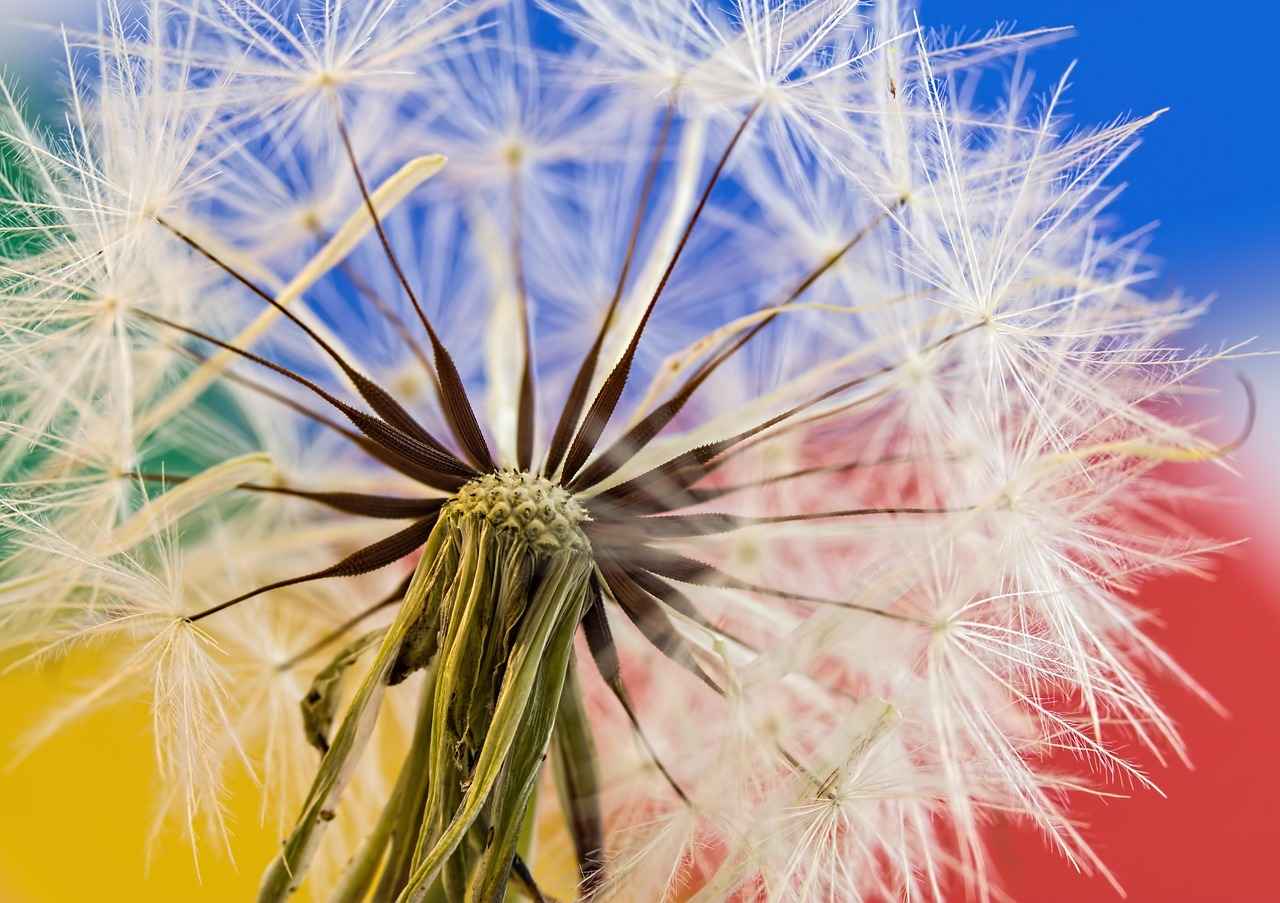
Health Benefits of Chia Seeds
Chia seeds have gained immense popularity in recent years, often touted as a superfood due to their remarkable health benefits. These tiny seeds are not just a culinary trend; they are packed with essential nutrients that can significantly enhance your overall well-being. In this section, we will explore the various health benefits of chia seeds, shedding light on why they have become a staple in many health-conscious diets.
- Improved Digestion: Chia seeds are an excellent source of dietary fiber, which aids in digestion. When consumed, they absorb water and expand, creating a gel-like substance that can help regulate bowel movements and prevent constipation.
- Heart Health: Rich in omega-3 fatty acids, chia seeds contribute to heart health by lowering cholesterol levels and reducing inflammation. Regular consumption can help maintain healthy blood pressure and improve overall cardiovascular function.
- Enhanced Energy Levels: The combination of protein, healthy fats, and fiber in chia seeds provides a sustained energy release, making them an ideal snack for athletes or anyone needing an energy boost throughout the day.
- Weight Management: Due to their high fiber content, chia seeds can promote a feeling of fullness, which may help control appetite and support weight loss efforts.
- Bone Health: Chia seeds are a good source of calcium, magnesium, and phosphorus, essential minerals for maintaining strong bones and overall skeletal health.
- Antioxidant Properties: These seeds are rich in antioxidants, which help combat oxidative stress and reduce inflammation in the body. This can lead to a lower risk of chronic diseases.
The high fiber content in chia seeds plays a crucial role in digestive health. Fiber aids in maintaining a healthy gut by promoting regular bowel movements and preventing constipation. When chia seeds are soaked in liquid, they expand and form a gel-like consistency that can help slow down digestion, allowing for better nutrient absorption. This gel also acts as a prebiotic, fostering the growth of beneficial gut bacteria.
Yes, chia seeds are a powerhouse for heart health. They are one of the richest plant-based sources of omega-3 fatty acids, particularly alpha-linolenic acid (ALA). Omega-3s are known to reduce inflammation, lower blood pressure, and decrease levels of bad cholesterol (LDL). By incorporating chia seeds into your diet, you can support your cardiovascular system and reduce the risk of heart disease.
Chia seeds are nutrient-dense, containing a balance of macronutrients and micronutrients. A typical serving of chia seeds (about 28 grams) provides:
| Nutrient | Amount per 28g |
|---|---|
| Calories | 137 |
| Protein | 4g |
| Fat | 9g |
| Carbohydrates | 12g |
| Fiber | 11g |
| Calcium | 18% of the RDI |
Adding chia seeds to your diet is simple and versatile. Here are a few ideas:
- Add them to smoothies for a nutrient boost.
- Mix them into yogurt or oatmeal for added texture and fiber.
- Use them as an egg replacement in vegan baking (1 tablespoon of chia seeds mixed with 2.5 tablespoons of water equals one egg).
- Sprinkle them on salads or incorporate them into homemade energy bars.
In conclusion, chia seeds are more than just a trendy ingredient; they offer a multitude of health benefits that can enhance your diet and overall well-being. By understanding their nutritional properties and incorporating them into your meals, you can take advantage of their powerful health benefits.
Nutritional Profile of Chia Seeds
Chia seeds have gained immense popularity in recent years, often being referred to as a superfood. These tiny seeds are not only versatile in culinary applications but also boast an impressive nutritional profile. Below, we will explore the essential components of chia seeds and how they contribute to overall health.
Chia seeds are packed with a variety of nutrients, making them an excellent addition to any diet. Here are some key components:
- High Fiber Content: Chia seeds contain about 34 grams of fiber per 100 grams. This high fiber content aids in digestion, promotes a feeling of fullness, and helps regulate blood sugar levels.
- Rich in Protein: With approximately 17 grams of protein per 100 grams, chia seeds are a great plant-based protein source, making them ideal for vegetarians and vegans.
- Omega-3 Fatty Acids: Chia seeds are one of the richest plant sources of omega-3 fatty acids, which are essential for heart health and reducing inflammation.
- Antioxidants: These seeds are loaded with antioxidants that help combat oxidative stress and may reduce the risk of chronic diseases.
The unique combination of nutrients in chia seeds contributes to various health benefits:
- Improved Digestive Health: The high fiber content in chia seeds can help promote regular bowel movements and prevent constipation.
- Heart Health: Omega-3 fatty acids play a crucial role in heart health by lowering blood pressure and reducing cholesterol levels.
- Weight Management: The fiber and protein in chia seeds can help control appetite, making it easier to maintain a healthy weight.
- Bone Health: Chia seeds are a good source of calcium, magnesium, and phosphorus, which are essential for maintaining strong bones.
Adding chia seeds to your meals is simple and versatile. Here are some practical ideas:
- Add them to smoothies for a nutritional boost.- Sprinkle them on salads or yogurt for added crunch.- Use them in baking recipes, such as muffins or energy bars.- Mix them with water to create a gel-like substance that can be used as an egg substitute in vegan recipes.
While chia seeds offer numerous health benefits, it’s essential to be aware of potential risks:
- Allergies: Some individuals may have allergies to chia seeds, leading to adverse reactions.
- Digestive Issues: Due to their high fiber content, consuming large amounts of chia seeds without adequate hydration may cause digestive discomfort.
In summary, chia seeds are a nutrient-dense food that can significantly enhance your overall health. Their rich fiber, protein, and antioxidant content make them a valuable addition to any diet. By understanding their nutritional profile and benefits, you can make informed choices about incorporating chia seeds into your meals.
How to Incorporate Chia Seeds into Your Diet
Incorporating chia seeds into your meals is not only simple but also incredibly versatile, allowing you to enhance the nutritional value of various dishes effortlessly. These tiny seeds are packed with health benefits and can be added to a wide range of foods. Here are some practical tips and creative ideas for integrating chia seeds into your daily diet.
One of the easiest ways to enjoy chia seeds is by adding them to smoothies. They blend seamlessly into your favorite recipes, providing a nutrient boost without altering the flavor. Here’s how to do it:
- Basic Smoothie Recipe: Combine your choice of fruits, a handful of spinach, a cup of liquid (like almond milk), and a tablespoon of chia seeds. Blend until smooth.
- Soaked Chia Seeds: For added texture, soak chia seeds in water or juice for about 10-15 minutes before adding them to your smoothie.
Chia seeds can also enhance the texture and nutritional profile of salads. Here are some ideas:
- Sprinkle on Top: Simply sprinkle a tablespoon of chia seeds over your salad for a crunchy texture.
- Chia Dressing: Create a delicious dressing by mixing olive oil, lemon juice, and soaked chia seeds. This adds a unique flavor and thickness to your salad.
For those who enjoy baking, chia seeds can be a fantastic addition to baked goods. They can replace eggs in vegan recipes or add moisture and nutrition to your treats:
- Egg Replacement: Mix one tablespoon of chia seeds with three tablespoons of water and let it sit for 15 minutes to form a gel. Use this mixture as a substitute for one egg in recipes.
- Chia Muffins or Bread: Add chia seeds to muffin or bread batter for a nutritional boost and a pleasant texture.
Chia seed pudding is a popular and easy dish to prepare. It serves as a nutritious breakfast or a healthy dessert:
- Basic Recipe: Combine 1/4 cup of chia seeds with 1 cup of milk (dairy or plant-based) and a sweetener of your choice. Stir well and refrigerate overnight.
- Flavor Variations: Experiment with different flavors by adding vanilla, cocoa powder, or fruit purees to your pudding mixture.
Chia seeds can also be included in your favorite snacks:
- Energy Bars: Mix chia seeds into homemade energy bars for added crunch and nutrients.
- Yogurt Topping: Stir chia seeds into yogurt along with your favorite fruits and nuts for a nutritious snack.
In conclusion, chia seeds are a versatile ingredient that can easily be incorporated into various meals. Whether in smoothies, salads, baked goods, or snacks, they offer a convenient way to boost your nutrient intake. With these tips, you can enjoy the many benefits of chia seeds while adding variety to your diet.
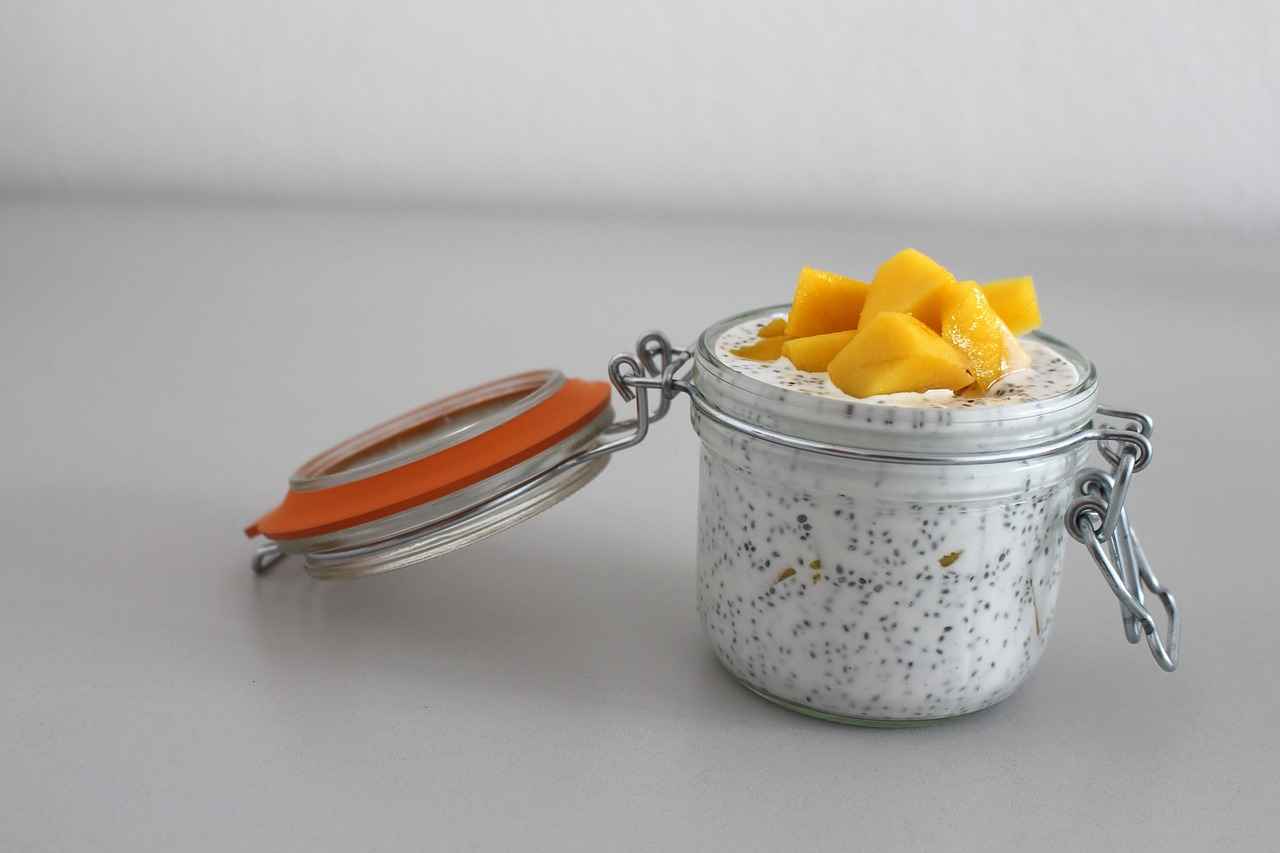
Are There Any Risks Associated with Chia Seeds?
Chia seeds have gained immense popularity for their numerous health benefits, but it is essential to consider the potential risks associated with their consumption. While these tiny seeds are packed with nutrients, some individuals may experience side effects or complications. This section will delve into the possible risks and precautions to take when incorporating chia seeds into your diet.
Although chia seeds are generally safe for most people, a few side effects can occur. Here are some common issues:
- Digestive Problems: Due to their high fiber content, chia seeds can lead to digestive discomfort, such as bloating, gas, or constipation, especially if consumed in large quantities. It is advisable to increase your intake gradually and drink plenty of water.
- Allergic Reactions: Some individuals may have allergies or sensitivities to chia seeds. Symptoms can include skin rashes, itching, or gastrointestinal distress. If you suspect an allergy, consult a healthcare professional.
- Blood Thinning Effects: Chia seeds contain omega-3 fatty acids, which can have a blood-thinning effect. Individuals taking anticoagulant medications should consult their doctor before adding chia seeds to their diet.
To minimize risks while enjoying the benefits of chia seeds, consider the following precautions:
- Start Small: If you are new to chia seeds, begin with a small amount, such as one teaspoon, and gradually increase it to avoid digestive issues.
- Soak Before Consumption: Soaking chia seeds in water or another liquid before eating can help reduce their potential to cause digestive discomfort. This process allows the seeds to expand and become gel-like, making them easier to digest.
- Stay Hydrated: Drinking plenty of fluids can help manage the fiber content of chia seeds, reducing the risk of constipation.
While chia seeds are a healthy addition to many diets, certain individuals should exercise caution:
- Pregnant and Nursing Women: Although chia seeds can be beneficial, pregnant or nursing women should consult a healthcare provider before adding them to their diets to ensure safety.
- Individuals with Specific Health Conditions: Those with gastrointestinal disorders, such as irritable bowel syndrome (IBS), should be cautious due to the seeds’ high fiber content.
- People on Medication: If you are on medication, especially blood thinners or diabetes medication, consult your doctor before consuming chia seeds to avoid potential interactions.
In summary, while chia seeds are a nutritious superfood, it is crucial to be aware of the potential risks and side effects. By taking appropriate precautions and being mindful of your body’s responses, you can enjoy the benefits of chia seeds safely.
Allergies and Sensitivities
When considering the incorporation of chia seeds into your diet, it is essential to be aware of potential allergic reactions and sensitivities that some individuals may experience. While chia seeds are often celebrated for their numerous health benefits, understanding these sensitivities is crucial for ensuring a safe and enjoyable dietary experience.
Allergic reactions to chia seeds can manifest in various ways. Common symptoms include:
- Skin Reactions: These may include rashes, hives, or itching.
- Gastrointestinal Issues: Such as nausea, vomiting, or diarrhea.
- Respiratory Problems: Including difficulty breathing, wheezing, or nasal congestion.
It is important to note that these symptoms can vary significantly from person to person. If you suspect an allergy, consulting with a healthcare professional for proper testing and diagnosis is advisable.
While anyone can develop an allergy, certain individuals may be at a higher risk. Those with a history of food allergies, particularly to other seeds or nuts, should exercise caution when trying chia seeds for the first time. Additionally, individuals with a known allergy to plants in the mint family, such as sage and oregano, may also be more susceptible to chia seed allergies.
If you are new to chia seeds and concerned about potential allergies, consider the following tips for safe introduction:
- Start Small: Begin with a small quantity, such as half a teaspoon, to see how your body reacts.
- Monitor Symptoms: Keep a journal of any symptoms you may experience after consumption.
- Consult a Professional: If you have a history of allergies, it may be beneficial to consult with a healthcare provider before incorporating chia seeds into your diet.
If you experience symptoms of an allergic reaction after consuming chia seeds, it is important to take the following steps:
- Stop Consumption: Immediately discontinue eating chia seeds.
- Seek Medical Attention: If symptoms are severe, such as difficulty breathing or swelling of the face and throat, seek emergency medical help.
- Consider Allergy Testing: Consult with an allergist to determine if you have a chia seed allergy and discuss potential alternatives.
If you find that you are allergic to chia seeds, there are several alternatives that can provide similar health benefits:
- Flaxseeds: Rich in omega-3 fatty acids and fiber, flaxseeds can be a great substitute.
- Hemp Seeds: Also packed with nutrients, hemp seeds offer a nutty flavor and can be used in various dishes.
- Sunflower Seeds: These seeds are versatile and can be added to salads, smoothies, and baked goods.
Understanding the potential for allergic reactions to chia seeds is vital for anyone considering adding this superfood to their diet. By being informed and taking necessary precautions, you can enjoy the benefits of chia seeds while minimizing any risks associated with allergies.
Digestive Considerations
Chia seeds have gained immense popularity as a nutrient-dense superfood, but their high fiber content can lead to some digestive challenges for certain individuals. Understanding how to consume chia seeds safely is essential for maximizing their benefits while minimizing discomfort.
Why Do Chia Seeds Cause Digestive Issues?
Chia seeds are rich in both soluble and insoluble fiber, which can aid in digestion. However, for some people, the sudden increase in fiber intake can lead to gas, bloating, or constipation. This is particularly true for those who are not accustomed to a high-fiber diet. When chia seeds absorb water, they expand significantly, which can exacerbate these symptoms if they are not consumed properly.
How to Safely Incorporate Chia Seeds into Your Diet
- Start Slowly: If you are new to chia seeds, begin with a small amount, such as one teaspoon, and gradually increase your intake over time. This allows your digestive system to adjust.
- Soak Before Consumption: Soaking chia seeds in water or another liquid for at least 30 minutes before eating can help reduce digestive discomfort. This process allows the seeds to hydrate and expand, making them easier to digest.
- Stay Hydrated: When consuming chia seeds, it is crucial to drink plenty of water. The fiber in chia seeds requires adequate hydration to aid in digestion and prevent constipation.
- Mix with Other Foods: Incorporating chia seeds into smoothies, yogurt, or oatmeal can help buffer their effects on the digestive system. This combination can enhance the overall nutrient profile of your meal.
Who Should Avoid Chia Seeds?
Individuals with certain digestive disorders, such as irritable bowel syndrome (IBS) or inflammatory bowel disease (IBD), may need to exercise caution when consuming chia seeds. If you have a history of digestive issues, it is advisable to consult a healthcare professional before adding them to your diet.
Recognizing Symptoms of Overconsumption
Being aware of the symptoms associated with overconsumption of chia seeds is important. Common signs include:
- Abdominal Pain: Discomfort or cramping in the stomach area.
- Gas and Bloating: Increased flatulence or a feeling of fullness.
- Constipation: Difficulty in passing stools, which can be exacerbated by insufficient water intake.
If you experience any of these symptoms, it may be beneficial to reduce your intake of chia seeds and monitor your body’s response. Always listen to your body and adjust your diet accordingly.
Conclusion
Chia seeds can be a valuable addition to a balanced diet, offering numerous health benefits. However, due to their high fiber content, it is essential to consume them mindfully to avoid digestive discomfort. By starting slowly, staying hydrated, and incorporating them into a variety of meals, you can enjoy the nutritional advantages of chia seeds without the unpleasant side effects.
Frequently Asked Questions
- What are chia seeds used for?
Chia seeds are incredibly versatile! You can use them in smoothies, salads, puddings, or even as an egg substitute in baking. They absorb liquid and expand, making them a fantastic thickening agent.
- How should I store chia seeds?
To keep your chia seeds fresh, store them in an airtight container in a cool, dark place. They can last for up to two years if stored properly, but keeping them in the fridge can extend their shelf life even further!
- Can I eat chia seeds every day?
Absolutely! Incorporating chia seeds into your daily diet can be beneficial due to their high fiber and nutrient content. Just start with a small amount and see how your body reacts, especially if you’re not used to high fiber foods.
- Are there any side effects of consuming chia seeds?
While chia seeds are generally safe, consuming too many can lead to digestive issues due to their high fiber content. It’s best to increase your intake gradually and drink plenty of water.
- Do chia seeds have any nutritional benefits?
Yes! Chia seeds are packed with omega-3 fatty acids, protein, fiber, and antioxidants. They can help improve digestion, boost heart health, and provide sustained energy throughout the day.
